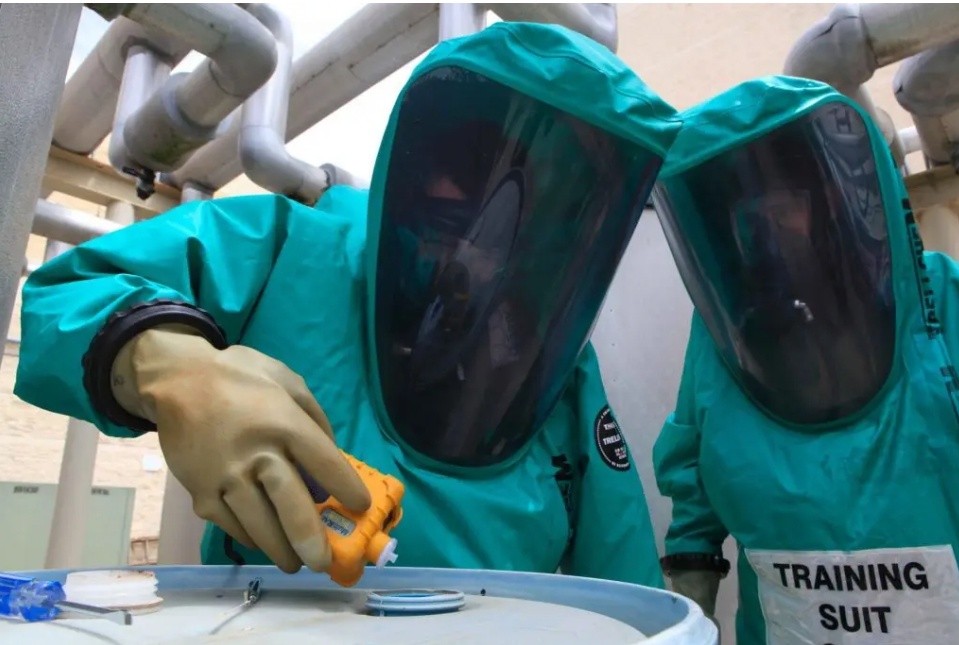Asia, a vast and diverse continent, faces an intricate matrix of challenges when it comes to the issue of bioweapons. Stretching from the chilly expanses of Siberia in the north to the tropical climes of Southeast Asia, and from the bustling metropolises of East Asia to the rugged mountains of Afghanistan in the west, the region is home to a range of countries with varying capacities, ambitions, and vulnerabilities. Historically, Asia has had its brush with biological agents. The dark shadow of Unit 731, a covert biological and chemical warfare research and development unit of the Japanese Imperial Army during World War II, is a grim reminder. Operating in Manchuria, this unit engaged in a series of atrocious experiments on living human beings, leading to the death of thousands. Beyond experiments, pathogens, such as bubonic plague, were released in populated areas as part of a horrifying wartime strategy. These dark episodes underscore the profound implications of weaponizing biology. However, the modern challenges associated with bioweapons are not restricted to memories of past misdeeds. They are very much woven into the present fabric of Asian geopolitics and scientific ambitions. Several countries in the continent, from giants like China and India to smaller states like Singapore and South Korea, have made remarkable strides in the fields of biotechnology, genetics, and medicine. These advances promise a better future, with cures to chronic diseases, improved agricultural yields, and innovations that could change the way humans live and interact. However, they also open a Pandora’s box of potential threats.
The dual-use dilemma is especially pronounced in biotechnology. Techniques and tools developed for benign purposes, when falling into the wrong hands or driven by malevolent intentions, can yield catastrophic results. CRISPR-Cas9 gene editing is a case in point. Celebrated for its potential to revolutionize medical treatments, its very efficacy and precision make it a potential tool for misuse. By editing genes, it’s possible not only to eliminate diseases but also to introduce traits or vulnerabilities that could be exploited in biowarfare. Another modern challenge is the asymmetry in healthcare infrastructure and capabilities across Asian countries. Nations like Japan and South Korea, with their advanced healthcare systems, are better equipped to detect and respond to biological threats. They have the technology, trained personnel, and rapid-response mechanisms in place. In contrast, densely populated nations like Bangladesh or areas like rural India, despite making considerable progress in public health, might find it challenging to handle a large-scale, fast-spreading bioweapon attack. Their health systems, still grappling with a range of endemic diseases, might be overwhelmed. But state actors are not the sole concern. Non-state actors, insurgent groups, and terrorist organizations have shown increasing sophistication in their strategies and tools. For groups that might find it difficult to acquire conventional weapons or nuclear material, the allure of bioweapons, given their potential for widespread havoc and the relative ease of production, is undeniable. Moreover, the interconnectedness of global supply chains, especially evident in Asia’s manufacturing and trade networks, can amplify the impact of a biological threat. An outbreak in one part of Asia can have cascading effects, disrupting economies, societies, and daily life across multiple continents.
Mitigating these threats demands a comprehensive, multifaceted approach. At the foundational level, there is an urgent need for robust regional cooperation. Biological threats recognize no borders, and unilateral strategies can only achieve limited success. Asia could benefit from establishing shared centers of excellence in disease control and biotechnology oversight. These institutions could facilitate knowledge exchange, joint research, and collaborative response mechanisms. Furthermore, private enterprises, which often lead biotechnological innovation, should be more closely integrated into the regional security paradigm. The emphasis should be on fostering a culture of responsibility, transparency, and cooperation. This can be achieved through stringent licensing norms, regular bio-safety audits, and active channels of communication between corporations and governments. Public engagement is another critical pillar. A populace aware of bio-risks and educated about the signs and implications of biological threats, can serve as an invaluable first line of defense. Bio-safety awareness campaigns, training programs for community leaders, and inclusion of bio-risk education in school curricula could contribute significantly. Lastly, while international norms like the Biological Weapons Convention provide a foundational framework, their provisions need constant updating to keep pace with scientific advancements. Asia, given its unique challenges and opportunities, could play a leading role in championing the cause of global biosecurity.
The challenges Asia faces concerning bioweapons are vast and multifaceted, yet they are not insurmountable. By leveraging its strengths, fostering a spirit of collaboration, and adopting a proactive approach, the continent can effectively navigate the turbulent waters of bio-threats, ensuring a safer, more secure future for its billions of inhabitants.

